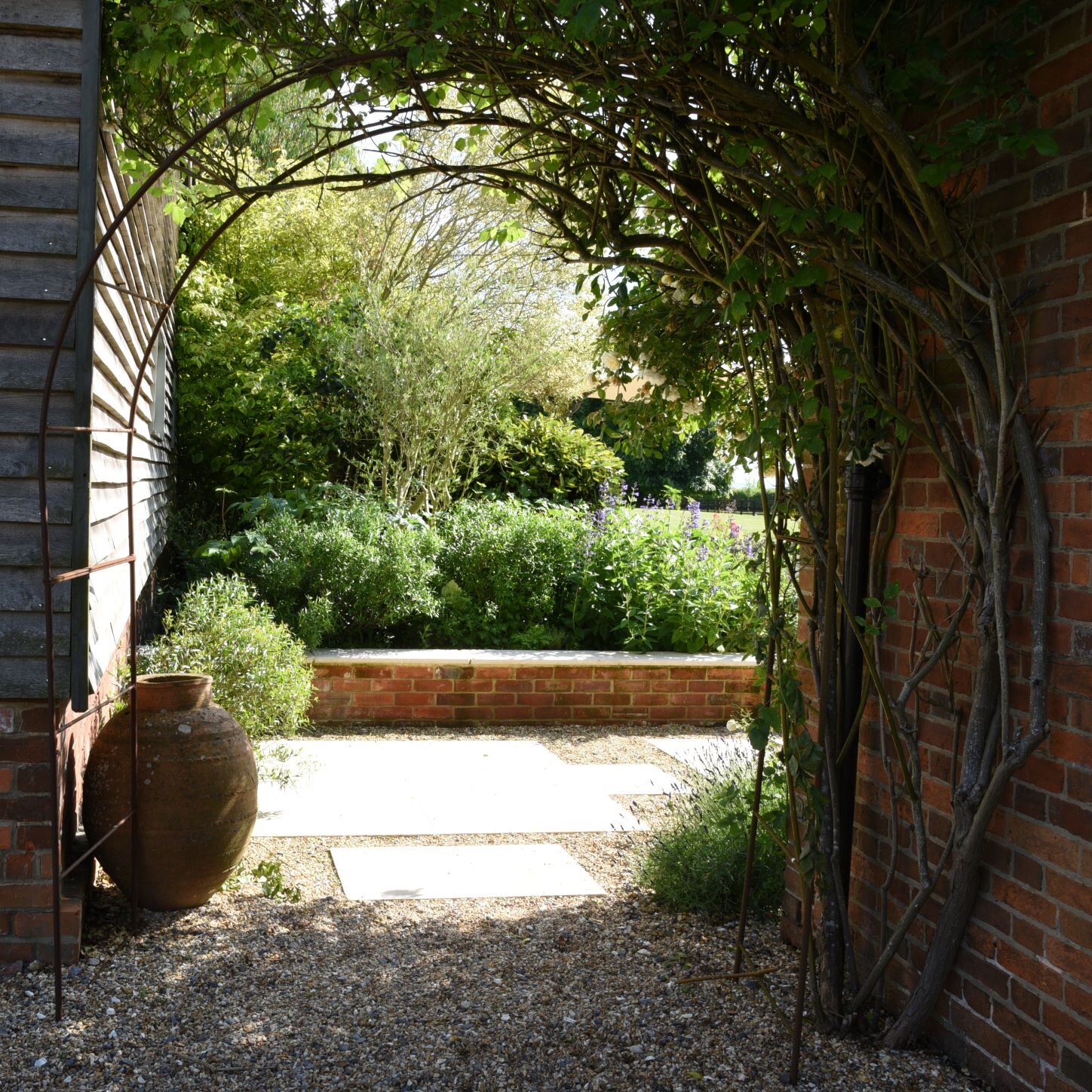Things to Consider - First draft - more in word docs…
My Ethos
Sustainability and people. Sense of place. Collaborative - with clients and other professionals.
Common concerns
Will you impose a ‘style’ or scheme on me?
If you are looking for a designer with a signature style that is applied to every project, then I am not the right designer for you.
I listen to clients carefully throughout the design process and my starting point is the creation of spaces for use, flow and atmosphere. The course of each design is different in almost every case, as I work hard to ensure that I am communicating the ideas and options for the garden clearly and honing them carefully as you provide feedback.
Some people can read 2D plans, but others find it difficult to get any sense of a scheme until they see sketches. Some people need to be standing in the space to picture and discuss it, others need to touch the plant or crush the leaf to release an aroma which will be fundamental. One of the rewards of my role is seeing the ‘lightbulb moment ‘ in a client’s face, which is a strong motivation to achieve it.
It is important to me that clients are engaged and enjoy the design process -the gardens that satisfy me the most are where there has been a real collaboration and exchange of ideas.
Will you listen to what I want, like and need?
Yes. At every stage.
I will probably propose addressing some points in a way you may not have expected - that’s hopefully why you are looking for a designer after all.
What is my role as a client - who sees the project through to completion?
You will need to allow time to brief me, have meetings and to consider the designs I put forward. I will guide you through decisions, but making the decision cannot be delegated to anyone else without risking achieving a garden that is right for you.
As your designer, I will not build the garden nor maintain it. Again, I can offer guidance and advice on this, especially as gardens change over time.
How will I look after the garden once it is finished? Will it be hard to maintain?
Considering the amount of maintenance for the garden at the outset is very important. No ‘garden’ is ‘no maintenance’: gardening is a process by which we interfere with the natural ecological processes (which is probably more geekiness than you want to read here).
The first year after new planting is generally the most demanding for weeding and watering. Thereafter whether it diminishes is mostly dependent on the planting preferences you have expressed. There are a number of strategies to employ in reducing the time and effort involved in looking after a garden, which I can help you with.
Your Project
How will I keep control of budget? You need to share your budget at the outset of the project and make it clear to the team. If you don’t want your team to make assumptions on things that will cost you money, they have to be in the loop. Being realistic, honest and up front in discussions - saying a budget that is lower than you would be prepared to spend may compromise the design or materials that are suggested to you. Doing the opposite can mean paying for a design that isn’t achievable and paying for changes to be made rather than keeping the design realistic at the outset.
You are not expected to have a precise budget, but you will be asked to be prepared to discuss it. You may well be offered options at the outset or during the design process that would mean raising your budget or compromising on different aspect of the design. It is always a good idea to have a contingency: surveys are not x-rays and sometimes work will be needed to address something unexpected.
Be prepared to put in time throughout the process and flex your decision making skills! Leaving decisions to the build stage can result in delay, inefficiencies and therefore extra cost. Landscapers are generally patient, can-do folk: but the with timely decision making you will smooth the project, the more all parties can enjoy the process of bringing your new garden into being and the odd unexpected curveball can be better dealt with.


